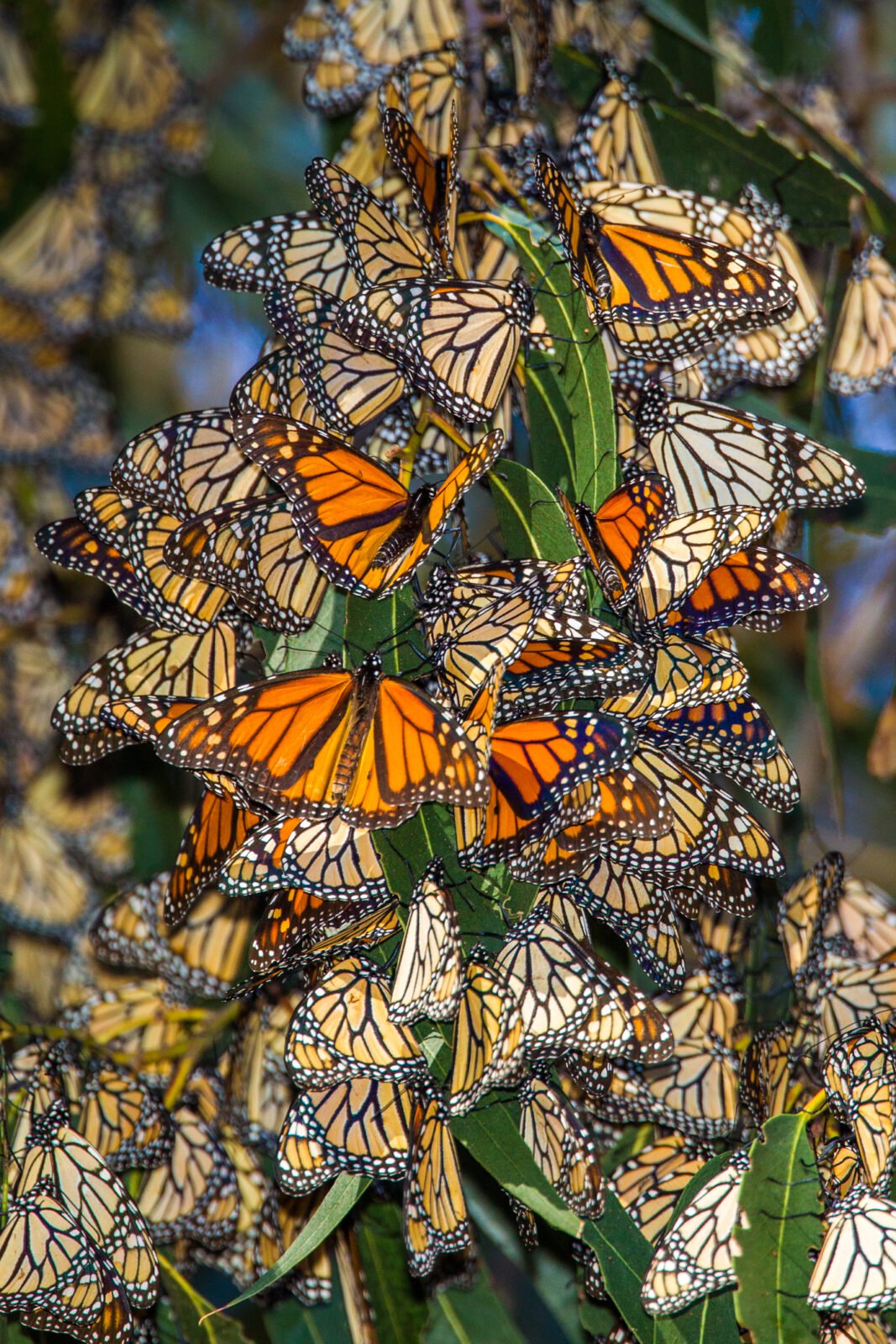
Native News Recap: 2022
Here’s a native news recap looking back at some of the biggest native plant news stories of the...
Declining Pollinators
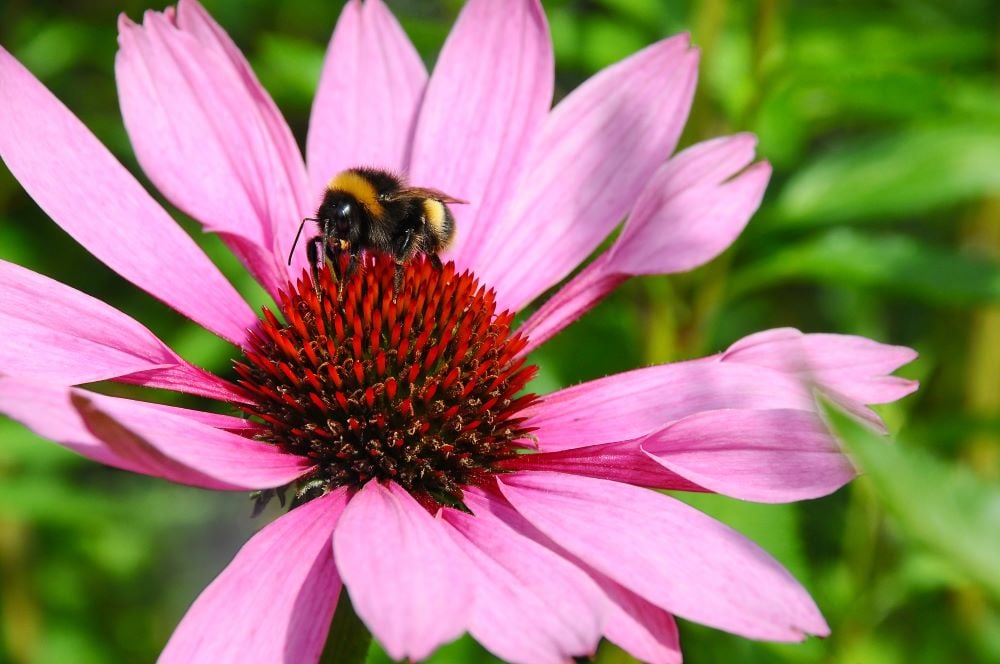
Many pollinator species have suffered serious declines in recent years because of a variety of factors; loss and fragmentation of habitat, pesticide use, and climate change. Unfortunately, most of our suburban and urban landscapes offer little in the way of appropriate habitat, forage, and housing. Even the most beautiful gardens are not always healthy ecosystems and a suburban
property can be a veritable “food desert” landscape offering very few choices of appropriate forage plants.
Creating Your Own Healthy Habitat
Design choices, plant selections, and maintenance practices can make a huge difference in creating your own healthy ecosystem in your backyard, or even in containers on your deck. As a garden designer, I am getting more and more requests to design landscapes with natives that are both attractive and beneficial for wildlife and pollinators, rather than sticking with the requisite invasive Bradford Pears and ground covers. Publicizing awareness of bee declines, and native pollinator losses has generated a resurgence of interest in better land stewardship for home owners to help stem the tide.
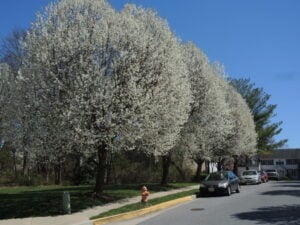
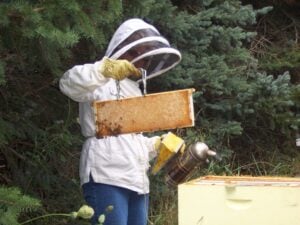
You don’t have to become a beekeeper to be part of the solution. Planting your property with native plants (perennials, trees, and shrubs) can provide an oasis for wildlife for years to come. Spreading the word through talking to your friends and neighbors also helps enormously. Bees and other insects are the most common pollinators and according to the USGS, there are over 4000 native bees in North America providing “ecosystem services”. And very few of them sting, in case you are concerned with bringing additional bees to your property by planting more natives.
Timing is Everything
Both pollen and nectar provide important food sources for pollinators and you should think about what the native plants are providing when you make your plant selections and when. Blooming times are critical when selecting, as you want to provide a succession of food sources all year long- even in winter.
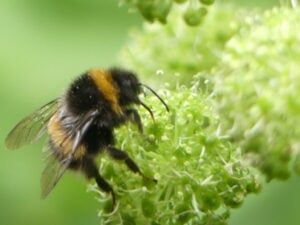
The most critical times to provide something blooming is when there is a nectar dearth―late winter/early spring and fall/early winter―what I call “shoulder seasons”. The choices available for pollinators during this time is slim-to-none and these are critical times for many pollinators. The following are two choices that you can plant for these ‘“shoulder seasons”.
American Witch Hazel
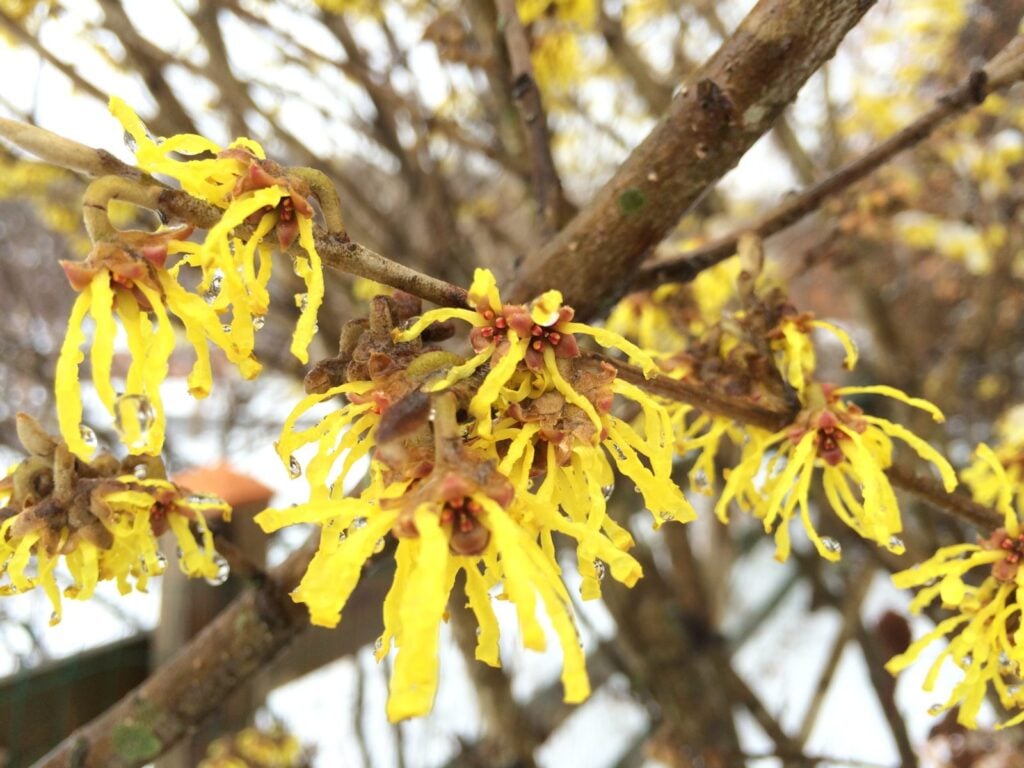
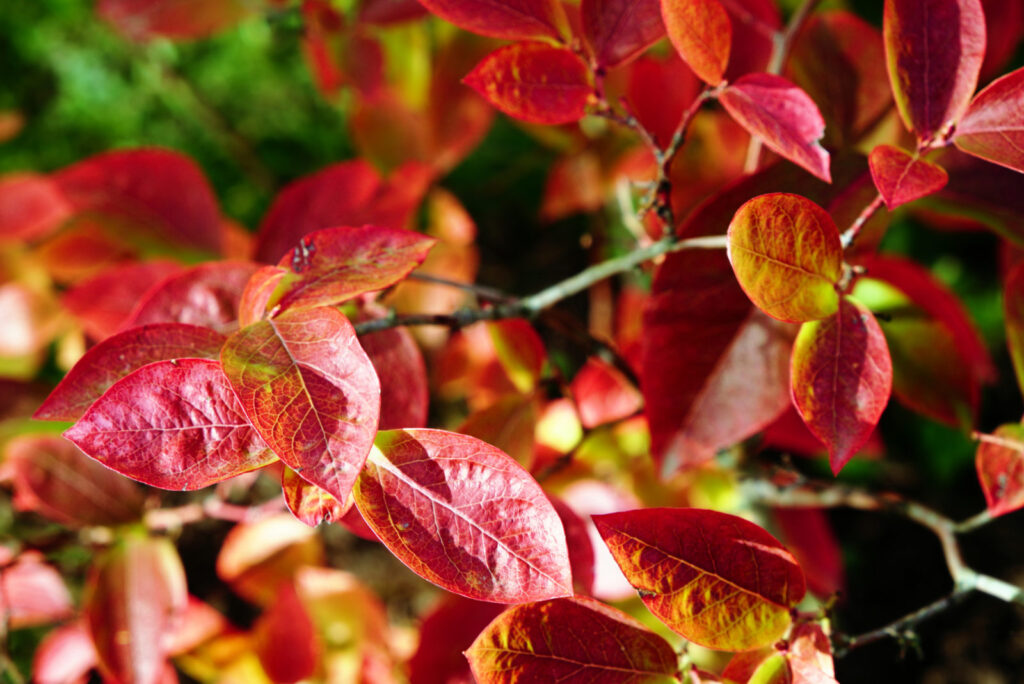
For late fall, October and November, one of the best choices is Witch Hazel, Hamamelis virginiana, with its curious spider-like fragrant yellow flowers. An understory small tree or large shrub, it flowers when most other shrubs and trees aren’t blooming in shady or sunny locations. An often-overlooked shrub in the summer, with medium green crinkled leaves, the pollinator for this is not bees, unless we get a warm spell, but a winter moth that is active on very cold nights. Amazingly, the moths have the unique ability to raise their body temperature by the simple method of shivering to find their food on freezing nights. Witch hazel can be grown in containers for a few years for a great pot plant, but as it gets older, it will need to be transplanted into the landscape. The supple branches are still used as divining rods to search for water sources. Wild turkeys and squirrels feed on the seeds and it is the larval host for several butterfly species. An astringent made from the leaves and bark is still sold worldwide for a variety of uses.
Spicebush
A great early spring choice for pollinators would be Spicebush, Lindera benzoin, which has highly aromatic spicy leaves, bark, and flowers. Often found in groups in the woodlands and along streams, Spicebush is also an understory graceful shrub in shade or partial shade. The yellow-green flowers appear in March or early April before the foliage and you can spot them in the woods because it is about the only thing in bloom. A variety of sawflies, flies, wasps, and bees pollinate these early blooming trees and a fruit develops that birds and small mammals relish. Not only animals have a use for this beautiful tree, but humans brew teas from the dried leaves that are said to help with pain, arthritis, and fever. The oil extracted from the berries can be used to treat bruises and as a first aid salve for cuts. The dried fruit can be crushed to add spice to food. If those qualities weren’t enough, Spicebush turns a wonderful yellow color in the fall, making a great specimen plant for the landscape. It is the larval host for the Eastern Tiger Swallowtail and the Spicebush Swallowtail and tolerates deer browsing.
If you’re interested in either of these plants, please click on the links above to purchase from Direct Native Plants.See more pollinator-friendly plants here!
Claire is a horticulturalist and landscape design consultant. Owner of Claire Jones Landscapes, LLC, Claire’s designed gardens have been featured in print publications like WSJ and Style Magazine. A garden writer at The Garden Diaries, Claire maintains 3 honeybee hives and gardens at her home in Maryland.

Here’s a native news recap looking back at some of the biggest native plant news stories of the...
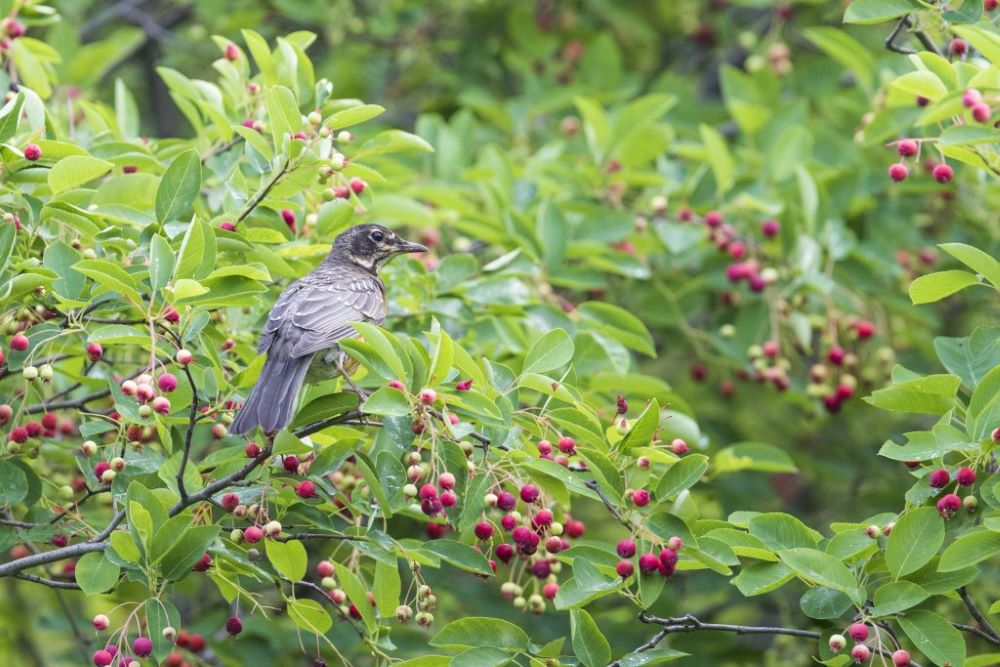
In the past we have emphasized the importance of keystone species in supporting bird populations,...
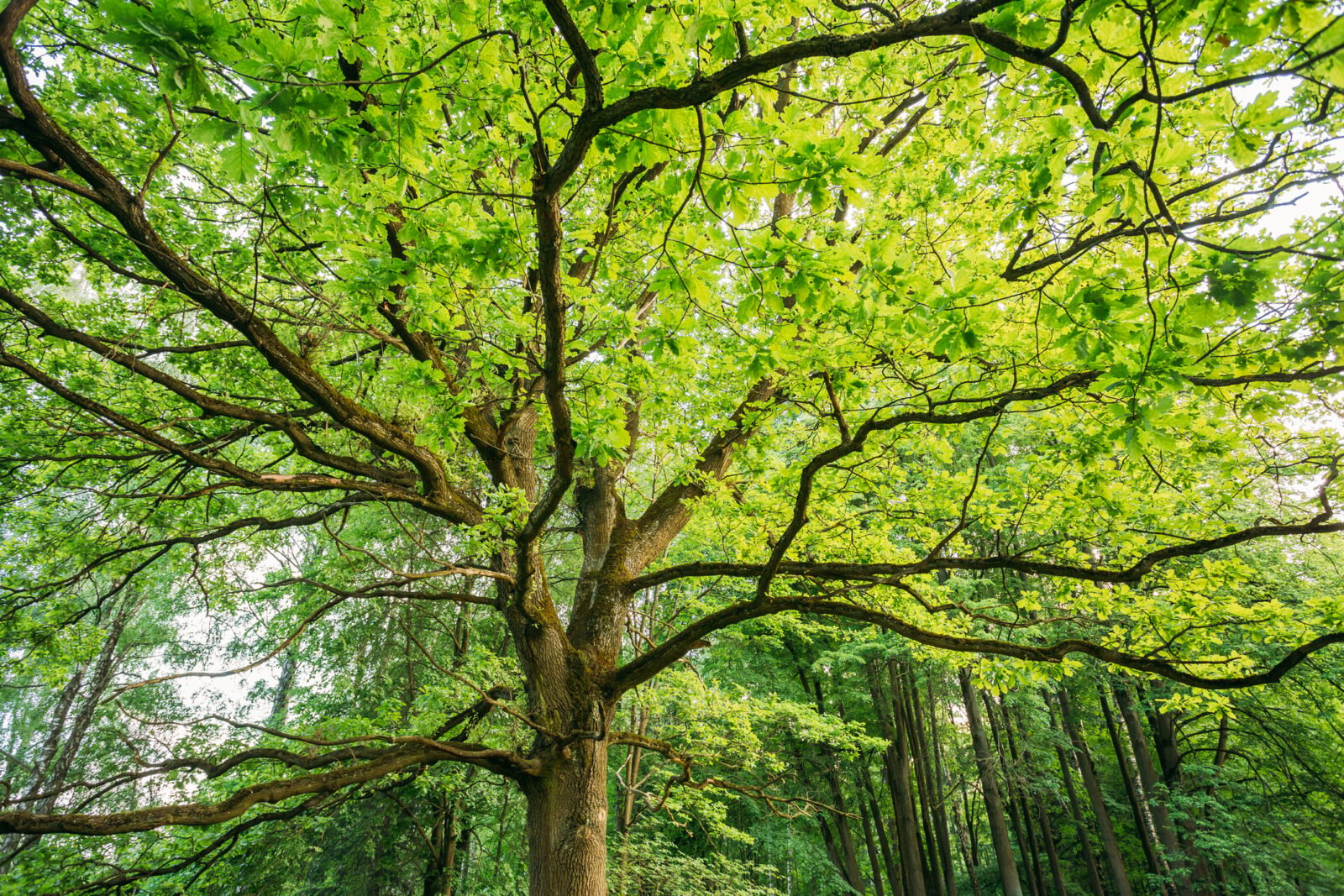
Perennials are the stars of most gardens, and no wonder! They provide a variety of shapes and col...
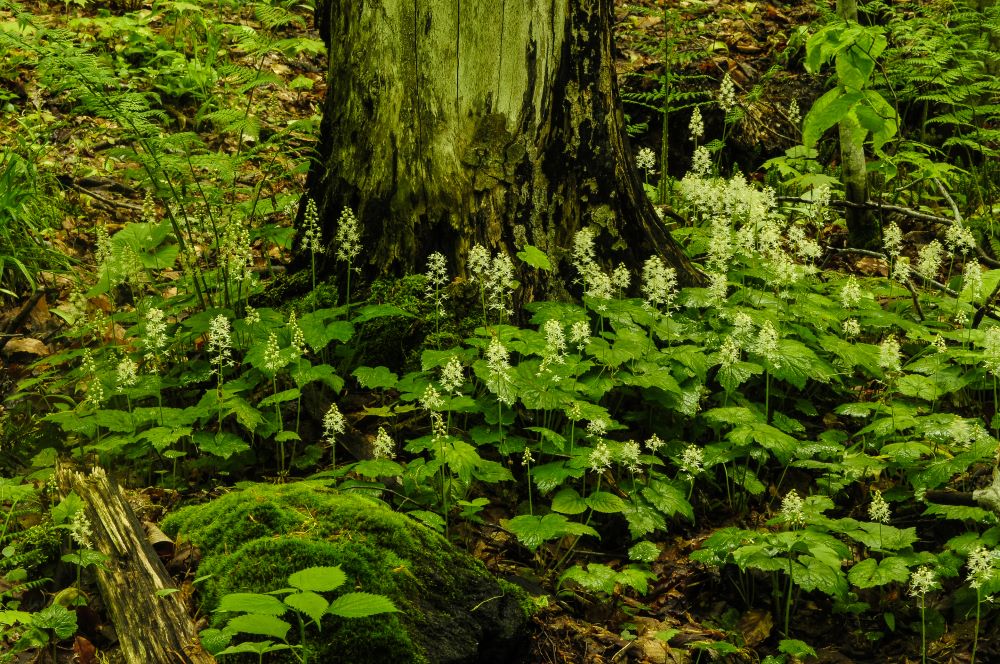
These native ground covers for shade make a perfect living mulch by holding in moisture, keeping ...
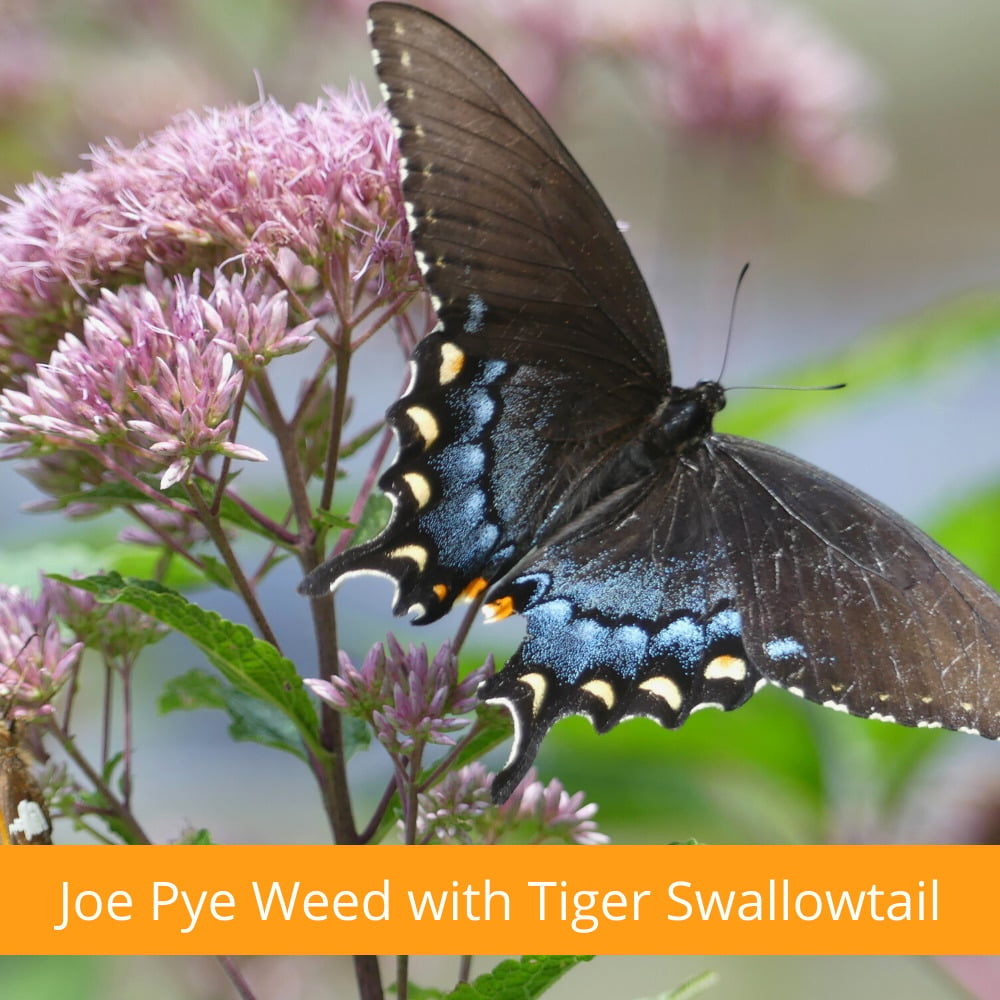
Gardening is ‘In’! Over the past two years gardening has suddenly become very popular with pe...
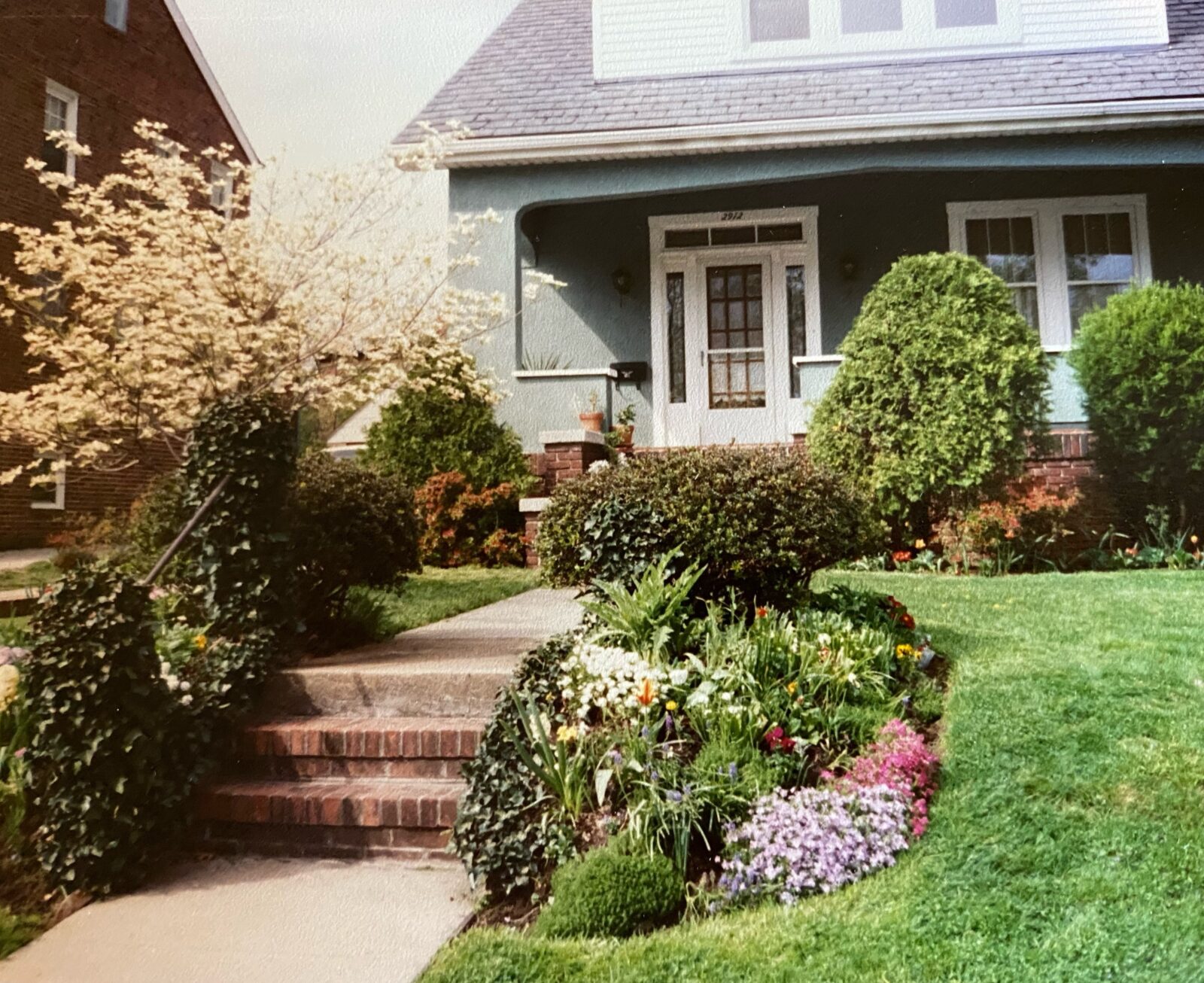
Mothers give us so much, but sometimes it takes a while for us to appreciate the gifts that we ca...
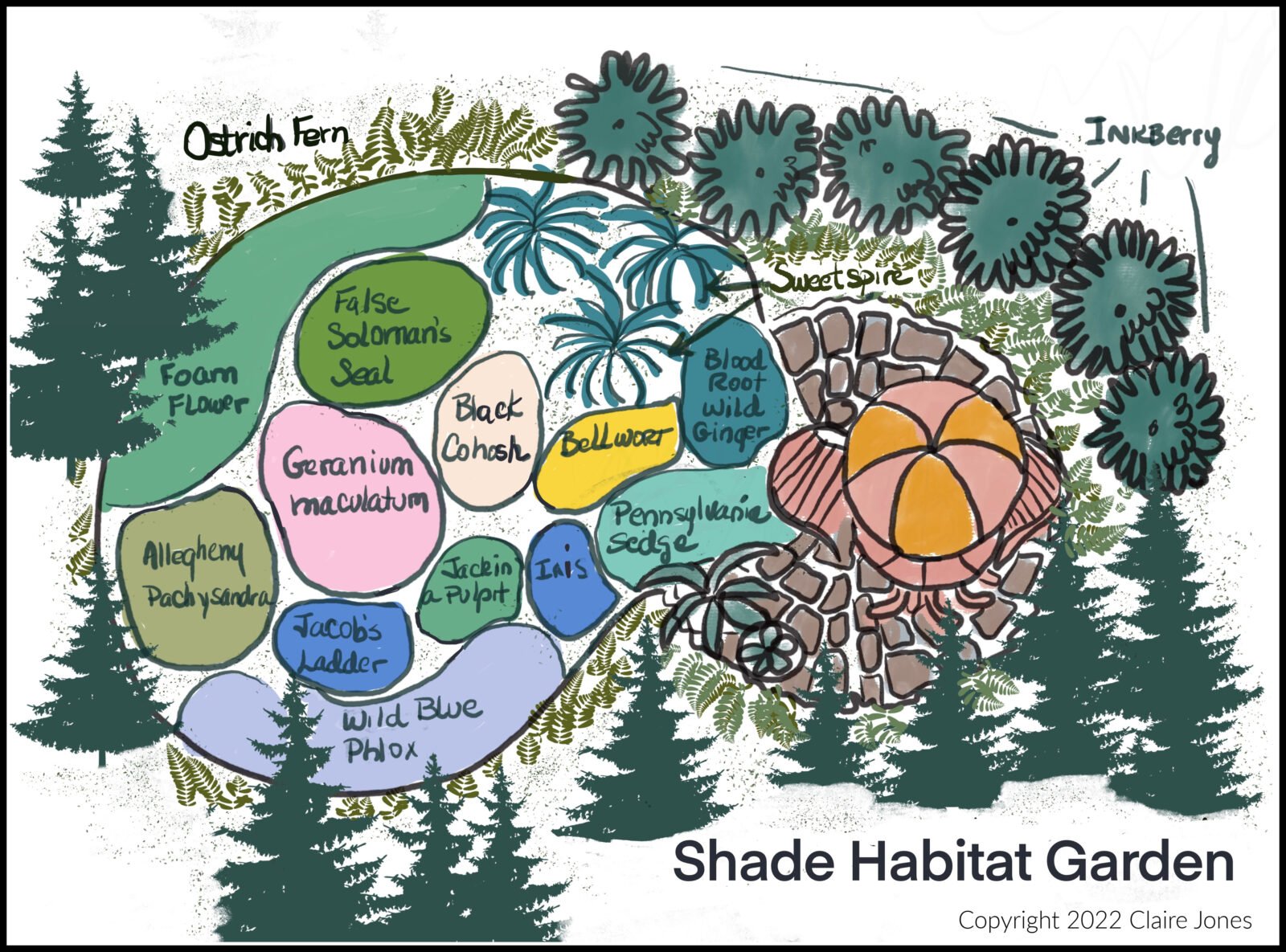
This is the second part of my Habitat Heroes Design series. The first part was a sunny garden of ...
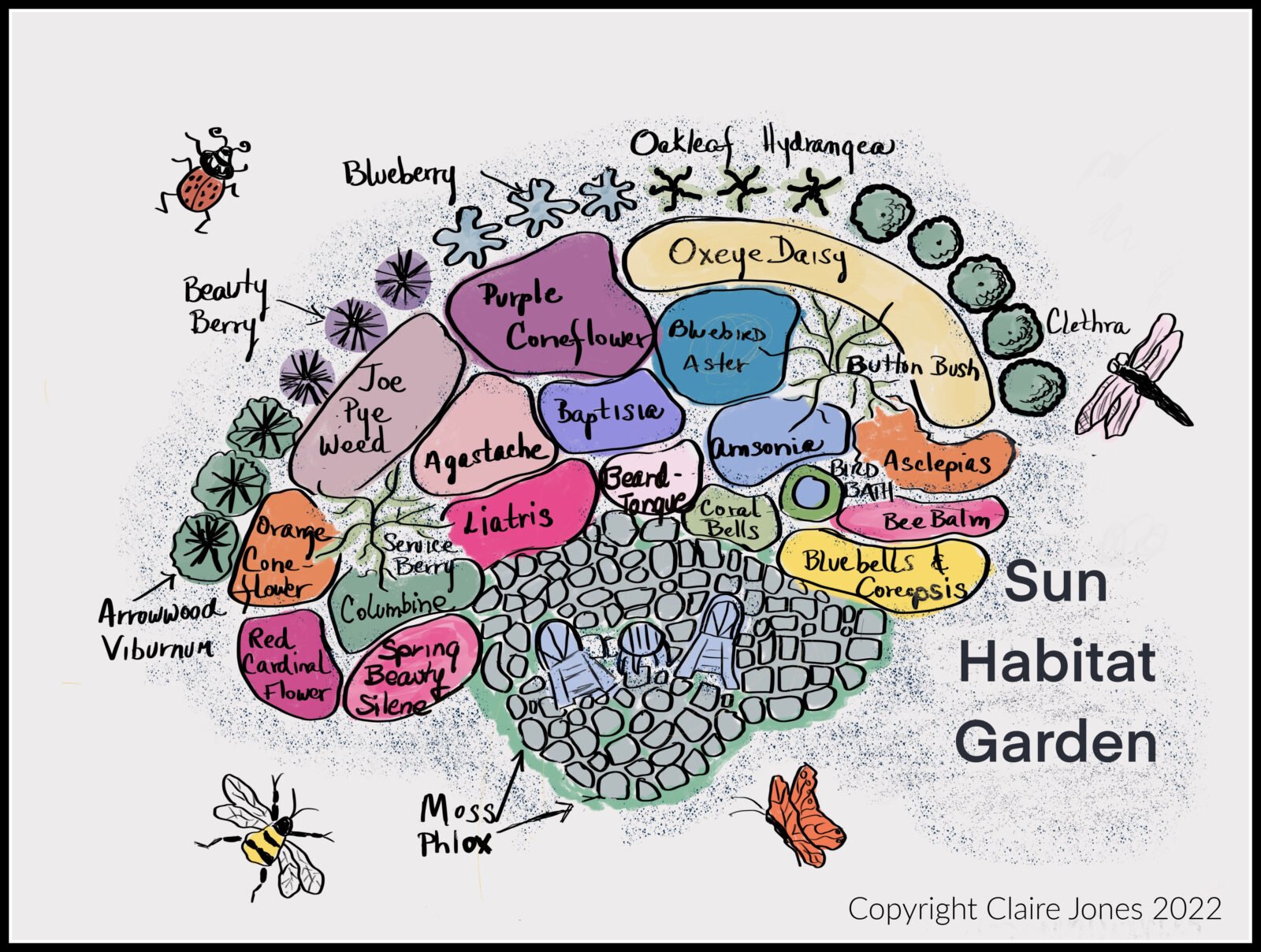
This blog post will cover how to design and install a Sunny “Habitat Hero Garden” with native...
Now Shipping for Spring 2024!